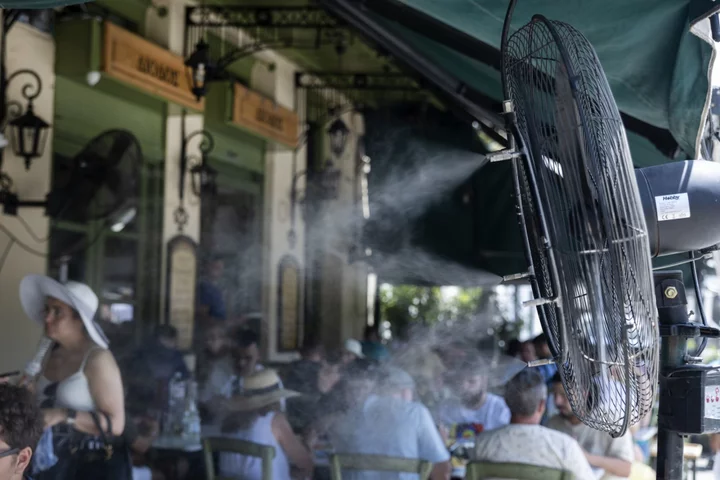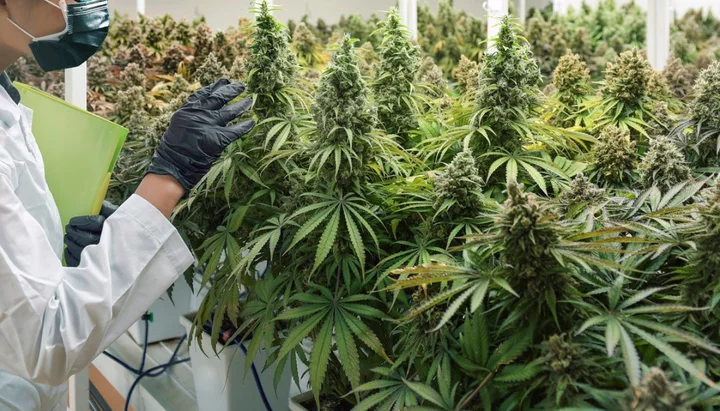LONG ISLAND, NEW YORK: After 12 days of an exhaustive search, the Suffolk County police has wrapped up the investigation of the residence belonging to Rex Heuermann, the suspect in the infamous Gilgo Beach murders case. The search involved extensive digging in the yard and led to the discovery of a basement vault housing hundreds of weapons allegedly owned by the man accused of perpetrating the killings of at least three women over a decade ago.
At a press conference held on Tuesday, July 25, outside Heuermann's Massapequa Park home, Suffolk County District Attorney Ray Tierney disclosed that the police had come across a "tremendous amount of information" during their search. While DNA evidence played a crucial role in connecting Heuermann to the heinous crimes, Tierney revealed that the suspect's DNA could not be entered into the CODIS (Combined DNA Index System) database for cross-checking with other unsolved cases, the Independent reported.
Why has Rex Hueremann's DNA not been put into CODIS?
According to federal law, Heuermann's DNA cannot be entered into state or national databases for potential links to other unsolved crimes until he is convicted. Court records pertaining to the murders of the "Gilgo Four" revealed several pieces of evidence linking Heuermann to the crimes. The investigation stemmed from a tip about his pickup truck, the discovery of burner phones, disturbing online searches, phone calls taunting the victims' families and his wife's hair found on the victims' bodies.
The breakthrough in the case came when a witness related details about a client who was driving a first-generation Chevrolet Avalanche around the time of Amber Costello's disappearance. Costello, an escort and one of Heuermann's alleged victims, was last seen alive in September 2010, leaving her West Babylon home to meet a client driving a similar vehicle. Further investigation revealed that Heuermann owned a first-generation Chevrolet Avalanche at the time of Costello's disappearance, and he matched the witness's description of the suspect—a large, white male in his mid-40s, towering at 6'4" to 6'6" with "dark bushy hair" and distinctive "1970's style eyeglasses."
Connecting the dots
The focus on Heuermann intensified as authorities executed 300 subpoenas, search warrants and other legal processes to gather evidence linking him to the murders. The use of burner phones emerged as a crucial element in the investigation, indicating that the architect used these disposable phones to contact the three women and arrange meetings when they went missing. Shockingly, Heuermann allegedly took two of the victims' cellphones, using one to make taunting calls to the family of one of the victims, boasting about her murder.
DNA evidence played a significant role in the case, with Heuermann's DNA found on one of the victims. Additionally, his wife's hair was found on three of the four women believed to be linked to him. Heuermann's arrest comes after more than a decade of national attention on the horrific serial killer case known as the Gilgo Beach murders.
What is CODIS?
CODIS, short for the Combined DNA Index System, is a groundbreaking program developed and managed by the Federal Bureau of Investigation (FBI) to revolutionize law enforcement's ability to identify and apprehend criminals through the use of DNA technology. This comprehensive database system, which operates at both the national and state levels, has been instrumental in solving numerous criminal cases, including cold cases, and plays a vital role in ensuring public safety.
The primary objective of CODIS is to facilitate the comparison and exchange of DNA profiles among different law enforcement agencies, both at the state and national levels. The database stores DNA profiles from convicted offenders, arrestees, and forensic evidence collected from crime scenes. This vast collection of DNA data enables investigators to link crimes and identify potential suspects by matching DNA profiles found at different crime scenes, even when the offenders' identities are unknown. The National DNA Index System (NDIS) is a part of CODIS, containing DNA profiles from federal, state, and local forensic laboratories.
How does CODIS work?
When a crime occurs, forensic investigators collect biological evidence such as blood, saliva, or hair from the crime scene. The DNA extracted from this evidence is then analyzed to create a DNA profile—a unique set of genetic markers specific to an individual. This profile is uploaded to the Forensic Index. Law enforcement agencies can then search the Forensic Index to see if the DNA profile matches any existing profiles in the Convicted Offender and Arrestee Indices. If a match is found, investigators can use this information to narrow down their list of potential suspects. They can then follow up with additional investigation and collect a known DNA sample from the suspect to confirm the match.
The impact of CODIS on criminal investigations
When a DNA "hit" occurs in the database, indicating a potential match between the forensic DNA record and the DNA record in the database, the laboratories involved exchange information to verify the match and coordinate their efforts. This verification process aims to ensure the accuracy and reliability of the results, safeguarding the integrity of the investigation. A DNA hit can significantly impact the case by establishing probable cause to obtain an evidentiary DNA sample from the suspect. This process allows law enforcement agencies to secure a court order authorizing the collection of a known biological reference sample from the offender. Subsequently, the casework laboratory conducts a thorough DNA analysis on the known biological sample, generating crucial evidence that can be presented in court, per the FBI.









